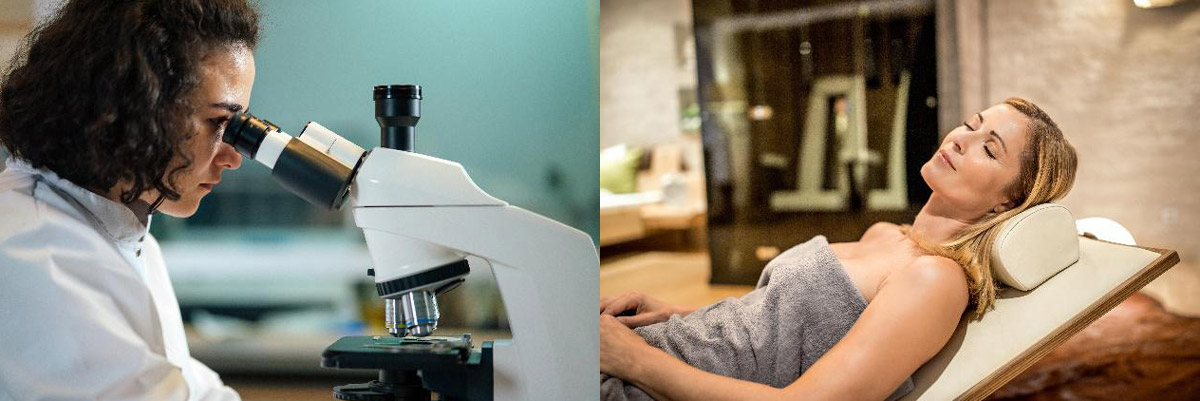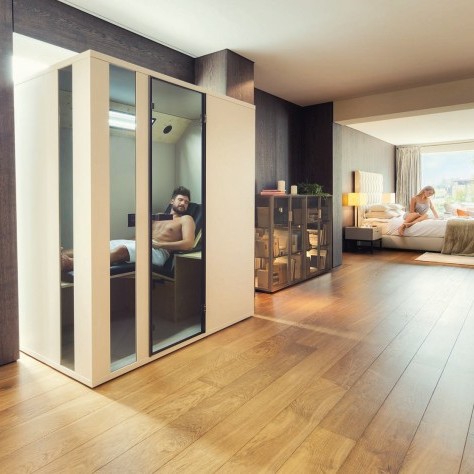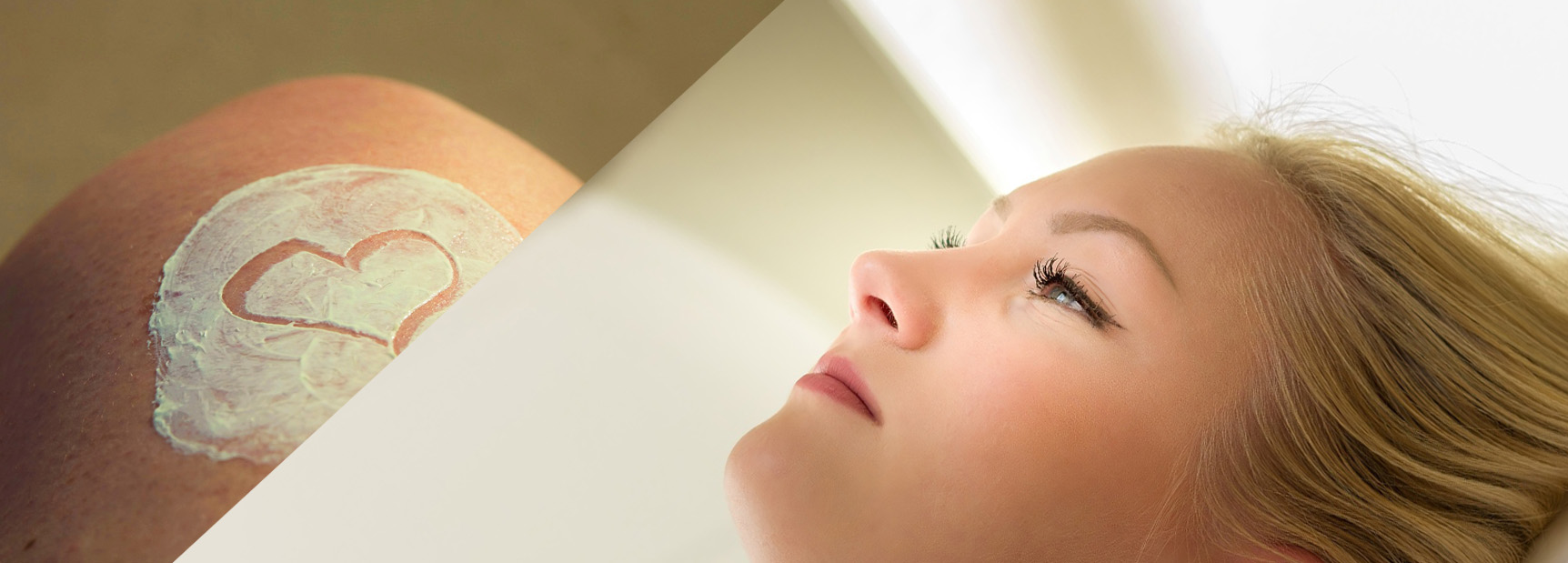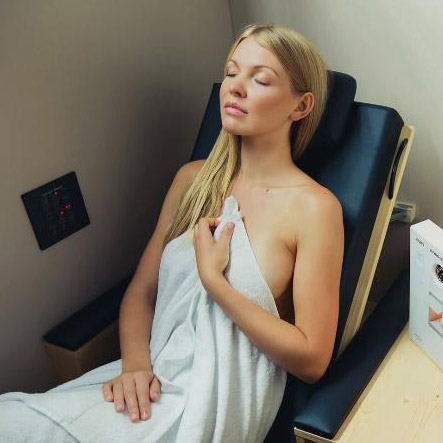Infrared cabins and the risk of cancer: what the science says

The biological window
What is infrared?
What is special about infrared radiation
Infrared radiation transfers heat to the skin without contact. Basically, however, it is merely a medium that transports the heat and has no effect itself. The skin's heat defense mechanisms are least affected by this form of heat transfer.infrared radiation transfers heat to the skin without contact. Basically, however, it is merely a medium that transports the heat and has no effect itself. The skin's heat defense mechanisms are least affected by this form of heat transfer.
The advantages:
- Infrared radiation impairs the skin's heat regulation the least.
- It works without contact (no pressure and no covering).
- It can be easily regulated and adapted to the skin's heat absorption capacity.
What you should bear in mind:
- The irradiation limits must be observed.
- The skin's own temperature must not rise too high - the maximum skin temperature of 43°C must not be exceeded, as this could lead to local skin damage. This limit must be observed for all types of heat applications.
The infrared spectrum is divided into the ranges A (short-wave), B (medium-wave) and C (long-wave) according to wavelength. This classification is historically based and has nothing to do with the effect of the radiation on humans themselves. Heat radiation sources always emit a broad spectrum of electromagnetic radiation of different wavelengths. The range of this spectrum and the maximum wavelength depends solely on the surface temperature of the radiation source. With the exception of special lasers and diodes, there are therefore no pure infrared A or infrared B emitters. On clear days, our sun reaches an irradiance of 1000 W/sqm. This corresponds to 100 mW/sqcm. Accordingly, the "International Commission on Non-Ionizing Radiation Protection" (ICNIRP) has set the limit value for prolonged infrared irradiation of the skin at less than 100 mW/sqcm. The Commission does not differentiate between A, B or C radiation with regard to the limit values, as the effect is the same - the skin is heated.
Good infrared cabins keep skin exposure low
Facts and studies on the safety of infrared cabins:
- Infrared radiation is a form of non-ionizing radiation. Unlike X-rays or UV radiation, it cannot change or damage the DNA in our cells, which is a key factor in the development of cancer.
- There are numerous studies that prove the safety and health benefits of infrared cabins. For example, a study by Beever (2009) showed that regular use of infrared cabins has positive effects on skin health and the cardiovascular system, without documenting any negative side effects.
- Modern, high-quality infrared cabins are often equipped with automatic temperature measurements that monitor and regulate the skin temperature. These technologies prevent overheating and ensure that the temperature remains within a safe range.
- Regular use of infrared cabins can help to relieve muscle pain, improve circulation and promote detoxification. A study by Laukkanen et al. (2015) showed that the use of infrared and traditional saunas can even reduce the risk of cardiovascular disease.
- Despite intensive research, there is no evidence that the use of infrared cabins increases the risk of cancer. In fact, none of the studies examined found any evidence of such a risk.
Conclusion:
More articles on infrared and cancer risk
We will help you choose the right infrared heat - because it's all about your HEALTH!
You are welcome to inform yourself in advance about the mode of action and model selection in a non-binding consultation (duration: 20-25 minutes).
Want to find out more?
Contact us and we will be happy to inform you in detail about the best heat for your health.




